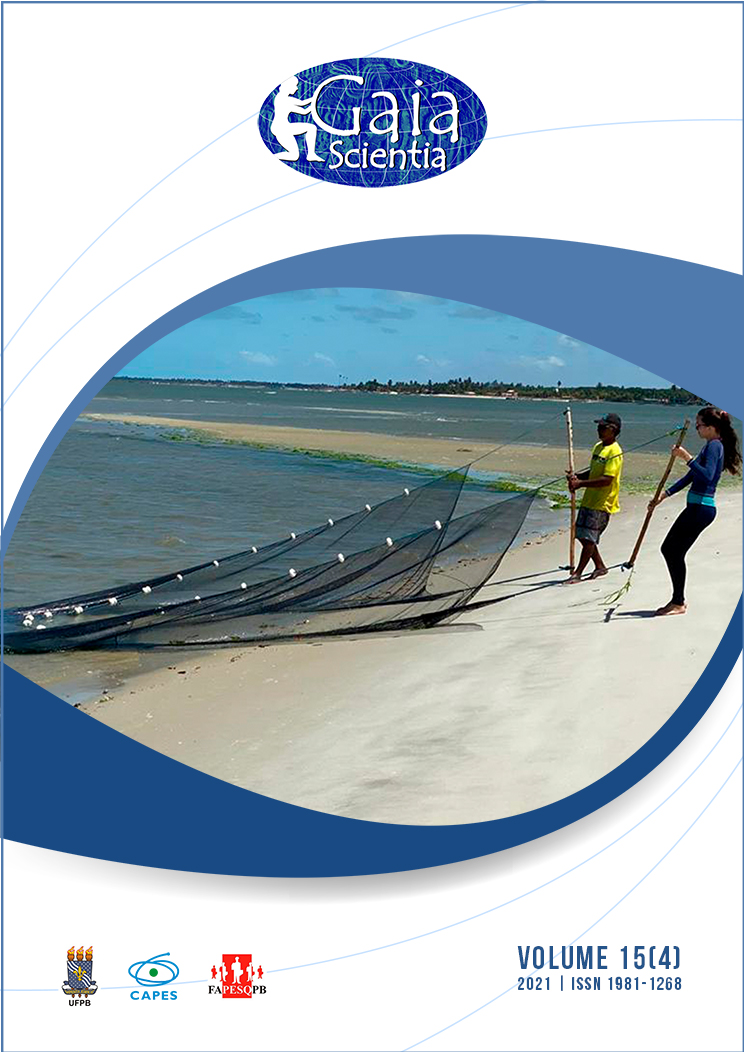Elevada ingestão de microplásticos pela corvina: um indicativo da necessidade de redução do impacto antrópico costeiro
Resumo
O ecossistema aquático recebe resíduos sólidos através de efluentes domésticos, agrícolas e industriais, nele lançados sem tratamento. Eles sofrem fragmentação em microplásticos (MPs) e são conhecidamente ingeridos pela comunidade de peixes. Investigou-se aqui a ocorrência de MPs no trato gastrointestinal (TGI) de corvinas (Micropogonias furnieri) comercializadas em João Pessoa, Paraíba. No laboratório, os TGIs foram imersos em Peróxido de Hidrogênio a 30% (24h), método testado e considerado a melhor opção para degradação de matéria orgânica e quantificação mais precisa dos MPs. Foram analisados 100 TGIs de corvinas com 84% de prevalência de MPs. Ao todo, foram encontrados 562 MPs, revelando abundância média de 5,62 ± 6,08 MP/TGI com variação entre 0 e 31 por TGI. A amplitude de tamanho dos TGIs das corvinas foi 4,0 a 45,0 cm (17,5 ± 8,5 cm) e não houve correlação entre abundância de MPs e tamanho do TGIs (r=0,16; p>0,05). Como os microplásticos são potenciais vetores de distintas substâncias tóxicas, sua elevada prevalência e abundância reforçam a necessidade em reduzir o impacto antrópico no ambiente aquático, para melhorar a qualidade nutricional da corvina, que representa fonte de renda e amplo consumo para diversas famílias.










